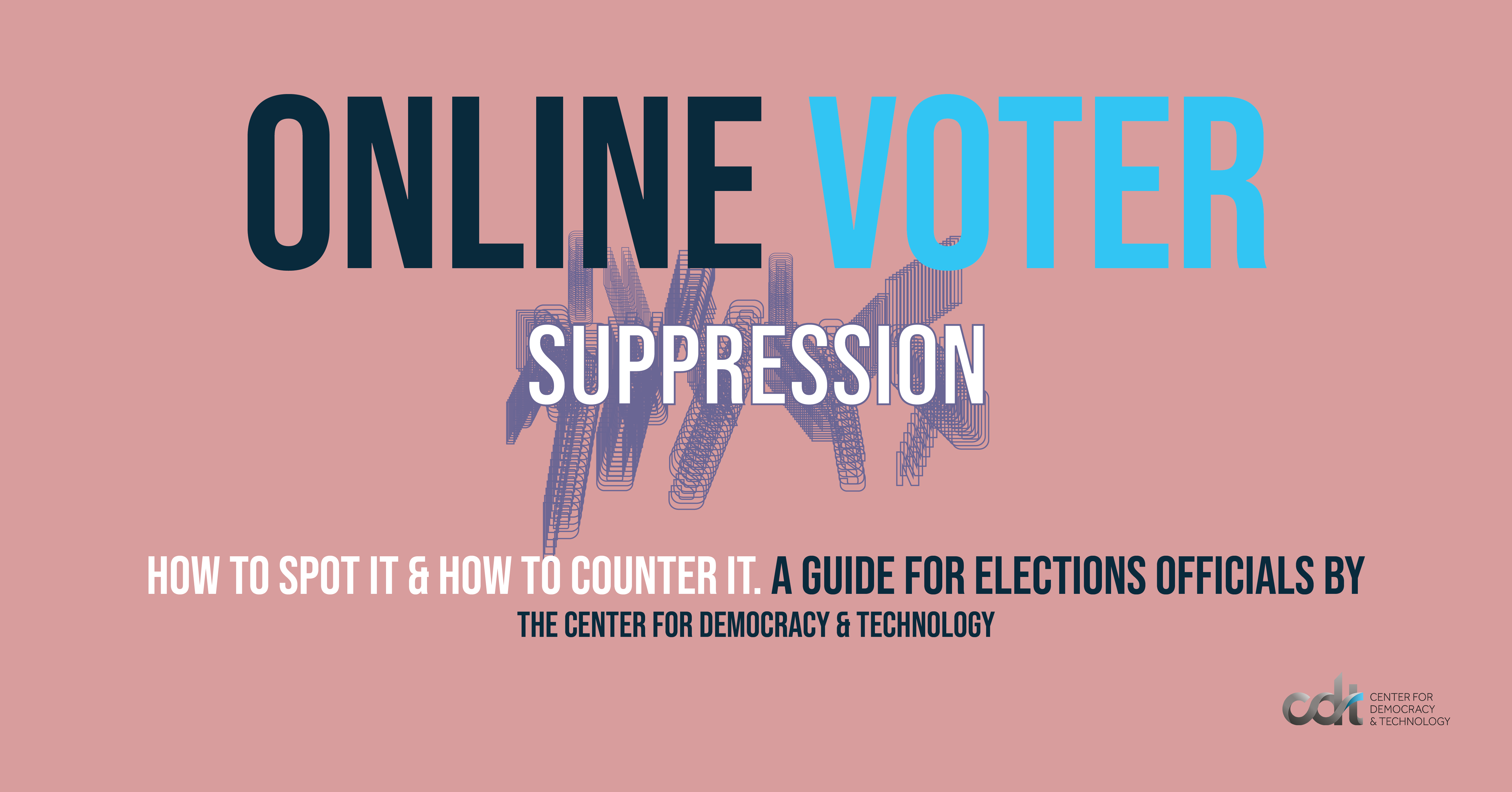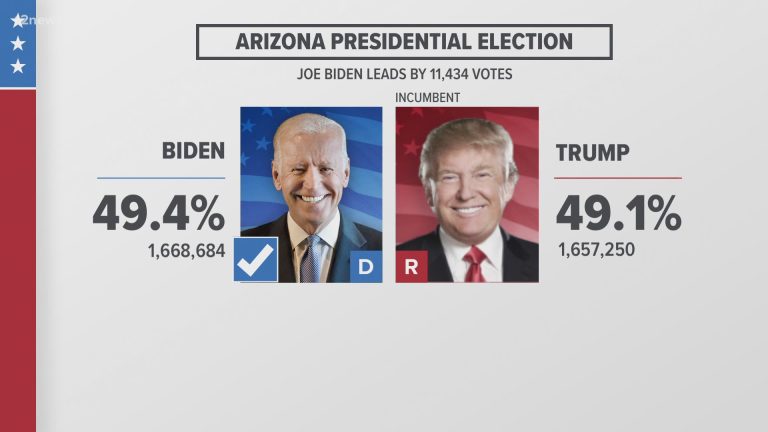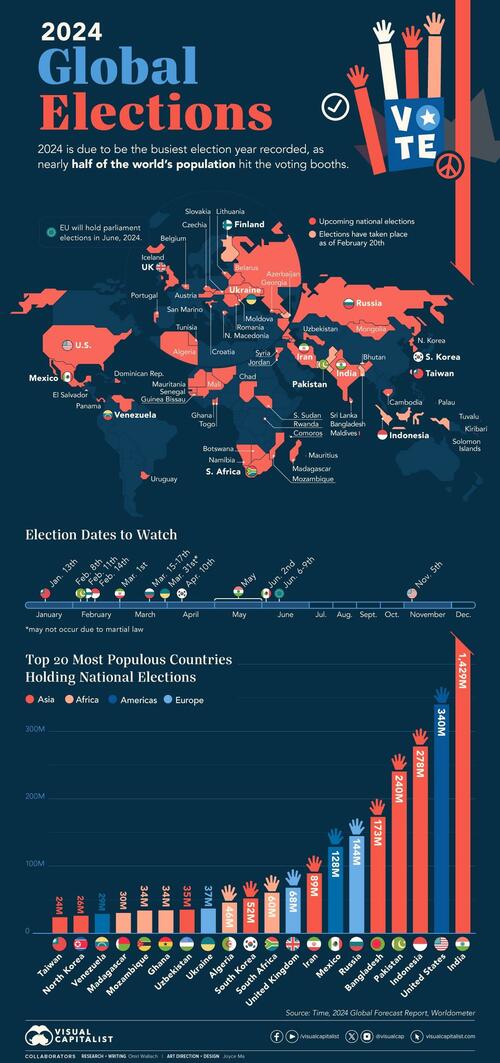

Election 2024: Your Guide to Spotting and Reporting Voter Fraud
The upcoming 2024 election is crucial, and ensuring its integrity is paramount. While voter fraud is statistically rare, vigilance is vital to maintain public trust and a fair democratic process. This article equips you with the knowledge to identify potential irregularities and report them responsibly. We’ll move beyond simple checklists and delve into the nuanced ways fraud can manifest.
Understanding the Landscape: Types of Voter Fraud
Voter fraud isn’t a monolithic entity. It encompasses various tactics, each requiring a different approach to detection and reporting. Let’s explore some key categories:
-
Registration Fraud: This involves registering to vote illegally, often using false identities or addresses. This can include individuals registering multiple times or using the details of deceased individuals.
-
Ballot Harvesting: The unauthorized collection and submission of absentee ballots. This is a significant concern as it presents opportunities for coercion and manipulation.
-
Intimidation and Coercion: This involves using threats or pressure to influence voter choices or prevent individuals from exercising their right to vote. This can range from subtle pressure to overt threats of violence.
-
Improper Assistance: Providing undue assistance to voters, especially those with disabilities, which could lead to manipulation of their choices.
-
Duplicate Voting: Casting more than one ballot in the same election, either in person or through absentee ballots.
-
Electoral Manipulation: This encompasses broader issues like manipulating voting machines, altering vote counts, or interfering with election administration.
Spotting the Signs: Beyond the Obvious
Detecting voter fraud requires keen observation and a healthy dose of skepticism, without succumbing to unfounded conspiracy theories. Focus on inconsistencies and anomalies:
-
Suspicious Registration Patterns: A sudden surge in registrations in a specific area, particularly if it doesn’t align with demographic trends.
-
Unusual Absentee Ballot Activity: A significant increase in absentee ballots from a particular area or demographic group, especially if it’s not historically typical.
-
Witness Reports: Testimony from individuals who observed suspicious activities at polling places or during ballot collection.
-
Data Discrepancies: Inconsistent numbers between voter registration records, ballot counts, and official election results.
-
Social Media Monitoring: While not definitive proof, social media can sometimes reveal attempts at voter suppression or coordinated disinformation campaigns.
The Power of Reporting: A Step-by-Step Guide
Reporting suspected voter fraud is crucial. However, accusations must be grounded in evidence and presented responsibly to avoid frivolous claims. Here’s a structured approach:
-
Gather Evidence: Document everything – photos, videos, witness statements, dates, times, locations. The more concrete evidence you have, the stronger your report will be.
-
Identify the Relevant Authorities: Determine the appropriate agency to contact based on the type of fraud and your location. This might include your county election office, state attorney general’s office, or the FBI.
-
File a Formal Complaint: Use the official channels provided by the relevant agency. Be clear, concise, and factual in your report. Avoid speculation and stick to verifiable information.
-
Maintain Confidentiality: Protecting the identities of witnesses, if applicable, is crucial to ensure their safety and cooperation.
-
Follow Up: Inquire about the status of your report and cooperate fully with any investigations.
| Fraud Type | Potential Indicators | Reporting Authority |
|---|---|---|
| Registration Fraud | Multiple registrations, deceased voters | County Election Office |
| Ballot Harvesting | Large number of absentee ballots collected | State Attorney General |
| Intimidation | Threats, harassment at polling places | Local Law Enforcement |
| Duplicate Voting | Same person voting multiple times | County Election Office, FBI |
Beyond Reporting: Active Civic Engagement
Reporting suspected fraud is only one aspect of ensuring election integrity. Active civic participation is equally important:
- Become a Poll Worker: Directly observe the electoral process firsthand.
- Monitor Election Results: Track vote counts and report any anomalies you observe.
- Support Election Integrity Organizations: Contribute to organizations dedicated to safeguarding elections.
- Educate Others: Share accurate information about voter fraud and responsible reporting.
Protecting the integrity of our elections is a collective responsibility. By staying informed, vigilant, and proactively involved, we can safeguard the democratic process and ensure the fairness of the 2024 election. Remember: reporting suspected fraud is a civic duty, contributing to a stronger and more trustworthy democracy.

Additional Information
Election 2024: A Deeper Dive into Spotting and Reporting Voter Fraud
While widespread, systematic voter fraud is exceptionally rare in the United States, isolated instances do occur. Effectively combating it requires a nuanced understanding of its various forms and a robust reporting mechanism. This analysis delves deeper into identifying potential voter fraud, emphasizing the importance of differentiating between actual fraud and irregularities that may appear suspicious but are ultimately benign.
Types of Voter Fraud and their Detection:
Voter fraud encompasses a range of illegal activities aimed at influencing election outcomes. These can be broadly categorized as:
-
Registration Fraud: This involves individuals registering to vote illegally, often using false identities or addresses. Detecting this requires cross-referencing voter registration databases with other government databases (DMV, etc.) to identify duplicates or inconsistencies. Data analysis techniques like anomaly detection can flag unusual registration patterns, such as a surge in registrations in a specific area shortly before an election. For example, the 2018 North Carolina election saw significant allegations of absentee ballot fraud involving a political operative, resulting in felony charges and convictions. This highlighted the vulnerabilities in registration processes susceptible to manipulation.
-
Ballot Harvesting: This involves unauthorized individuals collecting and submitting absentee ballots on behalf of others. This is especially problematic as it can be used to coerce voters or even alter ballots before submission. Tracking ballot return information, including signatures and timestamps, is crucial for detecting this. Chain of custody protocols, which meticulously document the handling of ballots, are essential in preventing and detecting this type of fraud.
-
In-Person Impersonation: This entails someone voting in the name of another person. This is relatively easy to detect in jurisdictions employing robust voter identification requirements. However, in states with less stringent voter ID laws, it poses a greater challenge. Real-time election monitoring and comparing voter signatures with registration records can provide early warnings.
-
Absentee Ballot Fraud: This covers a range of activities, from forging signatures to altering ballots after they’ve been cast. Statistical analysis can identify unusual patterns in absentee ballot returns, such as an unexpectedly high percentage of votes for a single candidate in a specific area. Careful examination of ballot signatures and comparing them to signatures on file can be vital. The 2020 election saw numerous allegations of absentee ballot fraud, but investigations largely failed to uncover widespread evidence of it.
Differentiating Fraud from Irregularities:
It’s crucial to distinguish between actual fraud and seemingly suspicious irregularities. For instance:
-
Voter Registration Errors: Overlapping registrations due to address changes or clerical errors are common but not fraudulent. Robust database management and voter verification processes are necessary to address these efficiently.
-
Accidental Duplicate Ballots: Occasionally, a voter might accidentally receive two ballots. This is not inherently fraudulent, and clear procedures for handling duplicate ballots are crucial.
-
Changes in Voting Patterns: A shift in voting behavior in a specific precinct might seem suspicious, but it could be due to demographic changes or other non-fraudulent factors.
Reporting Voter Fraud:
Each state has its own mechanism for reporting potential voter fraud. This usually involves contacting election officials at the state or county level. Providing detailed information, including specific evidence, dates, times, and names (if known) is crucial. False reporting can have serious legal consequences, emphasizing the need for careful consideration and credible evidence before submitting a report.
The Role of Technology:
Technology plays an increasingly vital role in both preventing and detecting voter fraud. This includes:
- Voter Registration Databases: Modernized, secure databases with robust data matching capabilities.
- Electronic Poll Books: Digital records of registered voters, reducing the risk of duplicate voting.
- Blockchain Technology: Potentially enhancing the security and transparency of the voting process.
- Data Analytics and Machine Learning: Identifying anomalous patterns indicative of potential fraud.
Conclusion:
While voter fraud is a serious issue, its prevalence is far less than often portrayed. A multi-faceted approach incorporating robust registration processes, secure ballot handling, effective data analysis, and transparent reporting mechanisms is crucial to maintaining electoral integrity. However, responsible reporting based on verifiable evidence is paramount to avoid undermining public trust through unsubstantiated allegations. Focusing on preventative measures, improving data management, and fostering public education are critical for safeguarding the democratic process.




